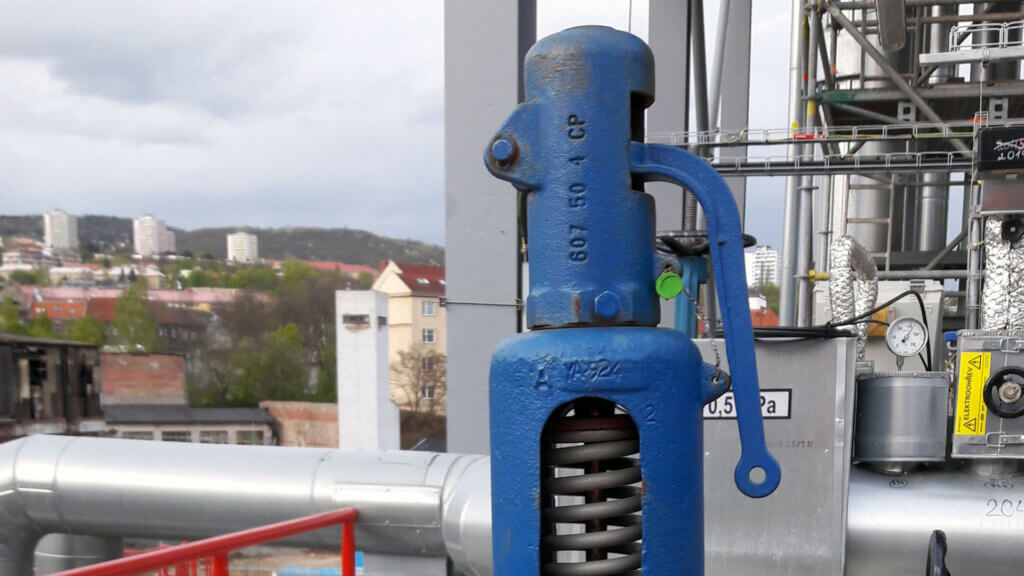Pressure Relief Valves (PRVs) play a crucial role in maintaining the safety and efficiency of industrial systems. Understanding how often to test PRVs is essential for industrial engineers who aim to prevent system failures and ensure operational success. In this article, we delve into the frequency and importance of PRV testing, guiding you through best practices and standards.

What Are PRVs?
Pressure Relief Valves are safety devices designed to control or limit the pressure in a system. When the pressure reaches a preset level, the PRV opens, allowing excess pressure to escape, thus preventing potential damage or explosion.
Importance of Testing PRVs
Regular testing of PRVs is vital to ensure they function correctly. Over time, wear and tear, corrosion, or debris can affect a valve’s performance. Testing helps identify these issues early, preventing costly repairs or catastrophic failures.
Standards and Regulations
Following industry standards and regulations is crucial. The ASME Code provides guidelines on PRV design and testing, emphasizing safety and reliability.
Factors Influencing Testing Frequency
Various factors determine how often to test PRVs. These include the type of system, operating conditions, and manufacturer recommendations. Regular assessment ensures that PRVs operate within their designed parameters.
System Type
Different systems require varying testing frequencies. For instance, high-pressure systems may need more frequent testing than low-pressure ones.
Operating Conditions
Harsh operating environments can accelerate wear and tear, necessitating more frequent testing.
Manufacturer Recommendations
Following the manufacturer’s guidelines is essential for maintaining warranty and ensuring optimal performance.
Testing Techniques
There are several techniques for testing PRVs. These include visual inspections, pressure testing, and functional testing. Each method has its advantages and is suited for different scenarios.
Visual Inspections
Regular visual checks can identify obvious signs of wear or damage. It’s a simple yet effective way to monitor PRV condition.
Pressure Testing
Pressure testing involves applying pressure to the valve to ensure it opens at the correct setpoint. This method is precise and can detect subtle performance issues.
Functional Testing
Functional testing assesses the valve’s overall performance, ensuring it operates as intended under normal conditions.
Documenting Test Results
Keeping detailed records of PRV tests is crucial. Documentation helps track performance over time, identify trends, and comply with regulatory requirements.
Importance of Accurate Records
Accurate records allow engineers to make informed decisions about maintenance and replacements.
Regulatory Compliance
Many industries require documented proof of regular testing to comply with safety regulations.
Challenges in Testing PRVs
Testing PRVs can be challenging due to system complexities, accessibility issues, and potential downtime. However, addressing these challenges is vital for maintaining safety and efficiency.
System Complexities
Complex systems may require specialized testing procedures and equipment.
Accessibility Issues
Inaccessible valves can make testing difficult, necessitating innovative solutions or system modifications.
Minimizing Downtime
Testing can lead to system downtime, but planning and efficient execution can minimize disruptions.
Best Practices for PRV Testing
Adopting best practices ensures effective and efficient PRV testing. This includes regular training, using the right tools, and adhering to industry guidelines.
Regular Training
Continuous training ensures that personnel are updated on the latest testing techniques and safety protocols.
Using the Right Tools
Having the correct tools and equipment is essential for accurate testing and safety.
Adhering to Guidelines
Following industry guidelines and standards ensures safety and reliability.
Conclusion
Understanding how often to test PRVs is crucial for industrial engineers. Regular testing ensures safety, compliance, and efficiency. By following best practices and industry standards, engineers can maintain optimal system performance.

FAQs
Why is regular PRV testing important?
Regular testing ensures that PRVs function correctly, preventing system failures and ensuring safety.
What factors influence the testing frequency of PRVs?
Factors include the type of system, operating conditions, and manufacturer recommendations.
What are the common testing methods for PRVs?
Common methods include visual inspections, pressure testing, and functional testing.
This article contains affiliate links. We may earn a commission at no extra cost to you.




